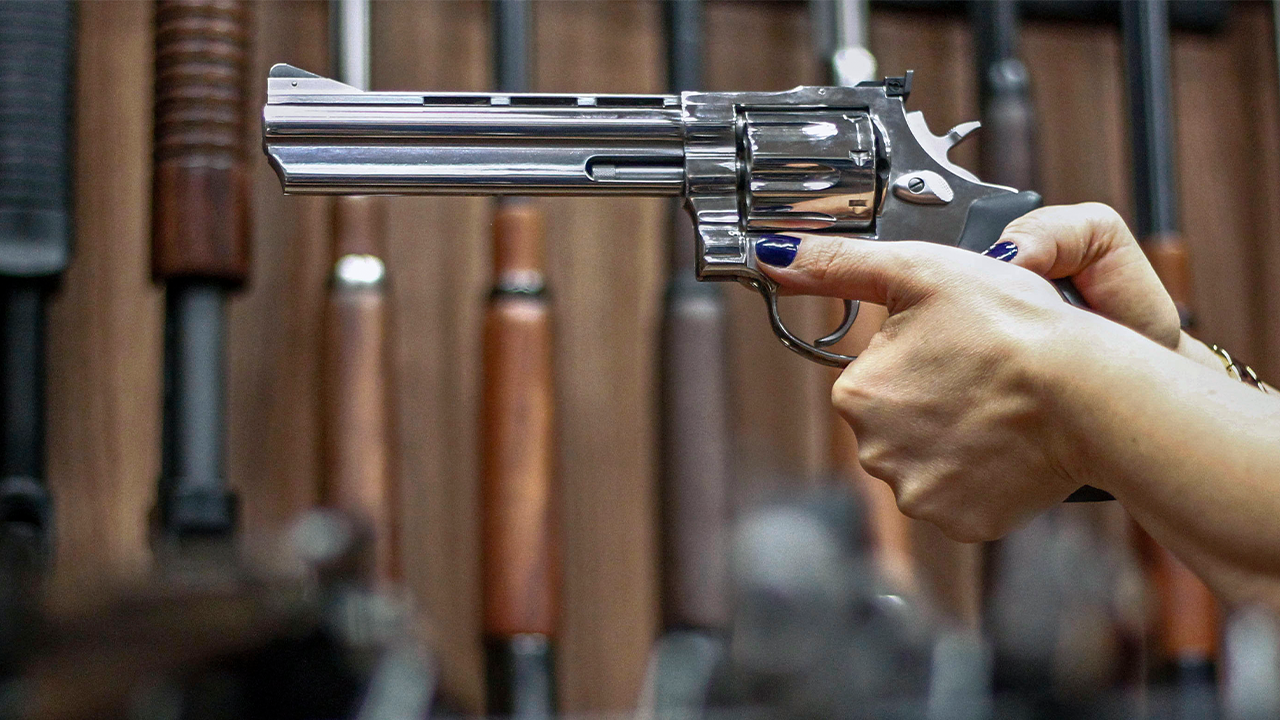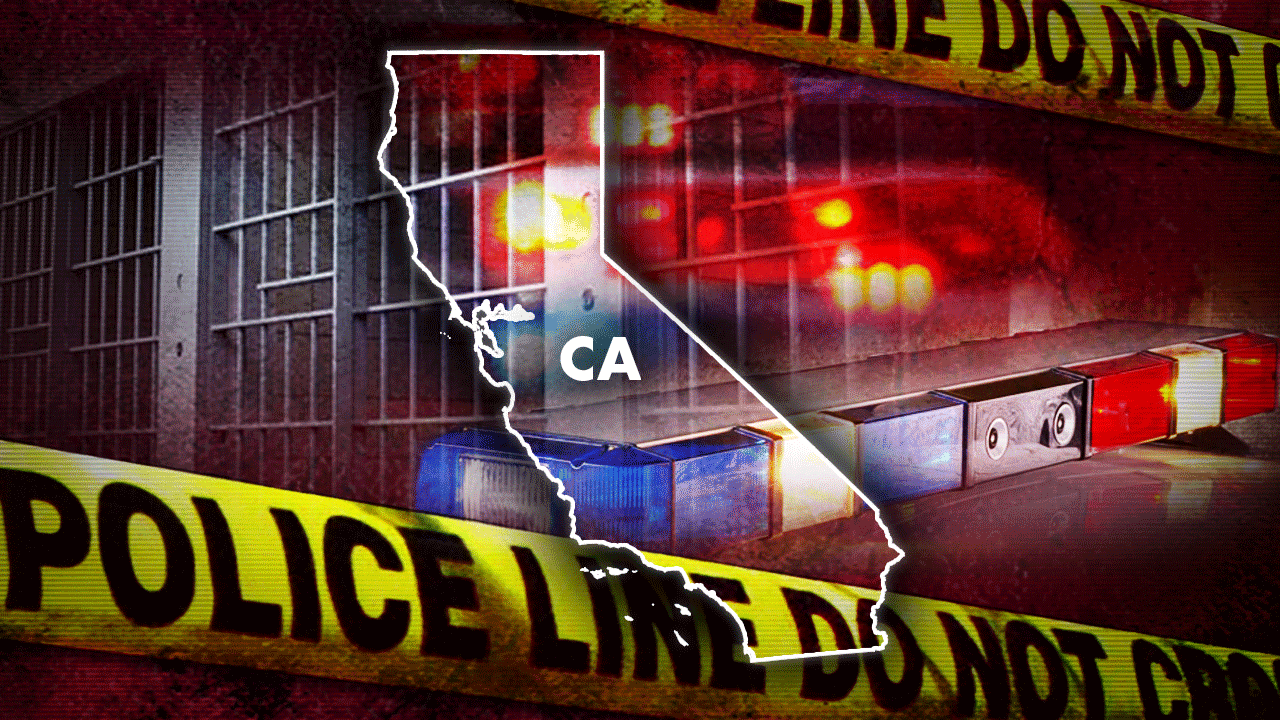It’s a tradition in the gunwriting world that we begin any article about a shot timer with a paragraph or two about why they are an essential part of defensive firearms training. This is a tradition that I heartily endorse, because buying a shot timer and finding a shooting range that allows you to draw from a holster are two of the biggest indicators that you’re no longer someone who goes to the range just to turn money into noise. Instead, buying a shot timer means you’re someone who understands that defensive marksmanship is a skill that can be improved while still having fun at the range. When it comes to defensive firearms use, learning to make the shot in a timely manner is as important as learning how to place the shot on-target.
The problem is, most electronic shot timers work off an internal microphone which reacts to the muzzle blast from your gun. The circuitry inside is sensitive to tell the difference between a gun firing within a few feet and those firing on the other side of the berm, but if there are multiple guns going off on the firing line, it has no way of telling which gun fired which shot.
To be honest, this is not a big deal for me. I typically use a shot timer when I’m training by myself at an outdoor range, or I’ll use one to track the progress of a student in a training class. However, not everyone has access to an outdoor range with training bays you can use by yourself. Indoor ranges, on the other hand, are easier to find inside city limits and are easy to use when the weather turns sour. The noise inside an indoor range from the people shooting on the other lanes makes acoustical shot timers useless, limiting your training opportunities.
The paid version lets you track and record your times over multiple strings of fire.
Which is why I like the new Recoil Shot Timer App from Scoring Technologies, the company behind the wildly popular Practiscore app, which is the de facto scoring system for the practical shooting sports. The Recoil App is a shot timer that installs on your Apple iWatch and measures your shooting speed via the recoil impulse from each shot you send downrange. The app was developed with funding from the Office of Naval Research as a way to precisely track the shot times of a large group of students on the range. Because it measures shot time based on recoil, your iWatch needs to be on the wrist of your shooting hand when you’re using the app.
There is a free version of the app which allows you to track one string of fire at a time. For a modest fee ($2.99 per month, $19.99 a year or $39.99 for a lifetime license), you can keep track of multiple strings of fire on your iPhone or on the Practiscore app, allowing you to chart your progress (or sadly, lack thereof). That lifetime license is significantly less than the price of other shot timers.

The app can be configured for different start signals and different types firearms.
Besides being able to use the app with other shooters on the firing line, the Recoil Shot Timer app can be set up so your start signal is the watch vibrating on your wrist, rather than an audible beep. This comes in very handy in any situation where you might not be able to hear the sound of a beep due to other gunfire around you. The buzz on your wrist is also a change from the usual beep of the start signal, giving you another way to signal that the drill is about to start. In addition to this, because the app uses recoil and not sound, it works great with suppressed firearms.
I tested the Recoil app at both an indoor range and an outdoor range. On the outdoor range, I compared the speeds that it was recording when I shot a series of standardized drills versus the speeds that were recorded with my sound-based Competition Electronics Pocket Pro shot timer. My time for multiple Bill Drills and Failure to Stop Drills was functionally identical between the two shot timers, and each of them accurately recorded the time it took me to make a precision shot from the holster. Indoors, the app recorded my shots and my shots alone, even with a shooter in the lane next to me.
The app can be adjusted to work with either a pistol or a long gun, and it picked up my shot times with everything from a .22LR Smith & Wesson Victory pistol to a Mossberg shotgun, and it worked just fine when I attached a suppressor to that pistol. The sensitivity of the app can be adjusted to allow for use with just about any firearm with just a few taps, and it recorded all my shots accurately during both range sessions.
There are some downsides to this app. First off, it currently requires an Apple iWatch for use, and they don’t give those away for free. Secondly, because that watch is worn on your wrist, the app can’t be used for common shot timer applications such as scoring a competition or for use by an instructor to measure a student’s performance in a training class. However, if you’re looking to get serious about practice and already have an Apple iWatch, the Recoil app is something you should look into.
Read the full article here




